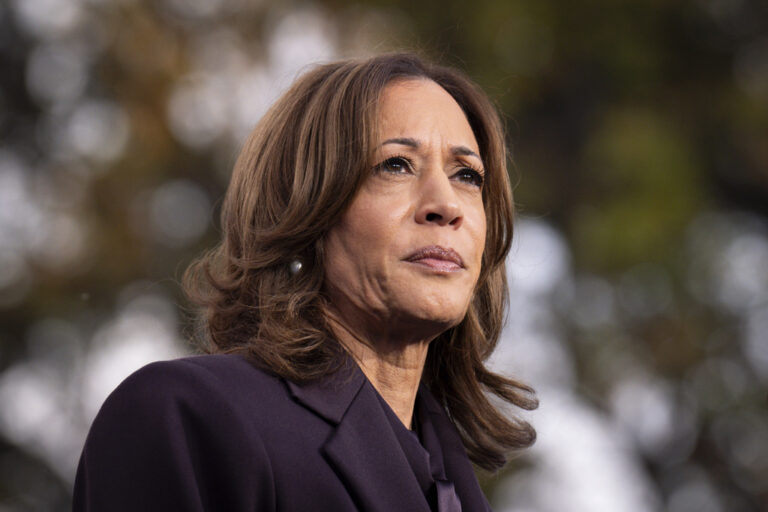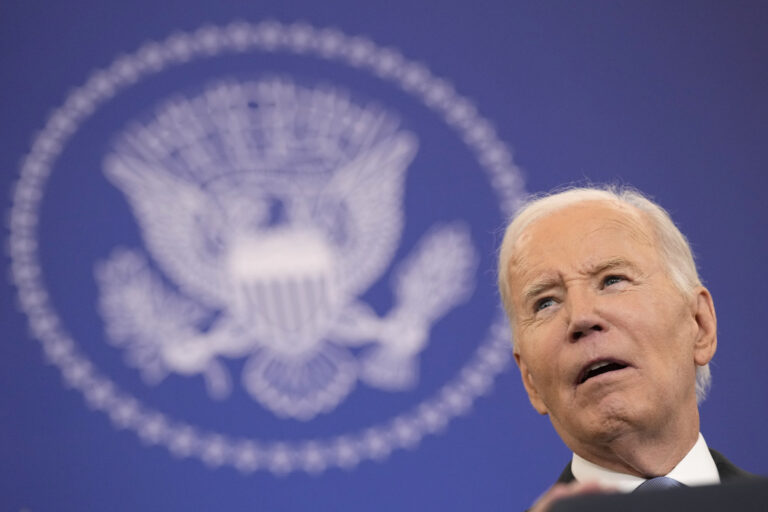Like Hercules and his 12 labors, Democrats’ $1.85 trillion package of social and climate initiatives seems afflicted by a maddening parade of hurdles. Looming ahead is the Congressional Budget Office, which could cause problems that would be messy but probably surmountable.
The office, created in 1974 as Congress’ nonpartisan fiscal scorekeeper, is working on a 10-year cost estimate of the bill and its component spending and tax proposals. The key question politically is how close the measure comes to paying for itself with savings, like President Joe Biden and top Democrats claim it does.
Here’s a guide to understanding the numbers blizzard that CBO is about to unleash:
A BIG DEAL FOR MODERATES
After months of backbiting and bargaining among Democrats, House Speaker Nancy Pelosi and Senate Majority Leader Chuck Schumer are confronting the same stubborn problem. Facing unbroken Republican opposition, Democrats can lose no votes in the Senate and just three in the House to pass their mammoth bill.
That gives Sen. Joe Manchin, D-W.Va., and his moderate House counterparts significant leverage. Among other things, the centrists want the measure’s savings — chiefly tax increases on wealthy people, big corporations and companies doing business abroad — to fully pay for its family services, health care and environment programs.
Five moderates blocked the House from voting on it last week. They demanded to first see CBO’s official estimate of the bill, mainly to see if the agency thinks it would worsen already huge federal deficits. Many centrists are from districts where accusing Democrats of aggravating budget shortfalls is easy fodder for GOP campaign attacks.
In a compromise with progressives, the centrists said they’d vote for the bill if CBO figures are “consistent” with preliminary White House estimates asserting that the measure paid for itself. They promised to try resolving “discrepancies” if CBO’s numbers were worse.
Pelosi, D-Calif., hopes to finally push the measure through her chamber next week. The Senate is certain to change the bill and its work will take longer.
WILL CBO’S NUMBERS HELP DEMOCRATS?
Maybe, eventually.
The budget office has released estimates on pieces of the 2,100-page legislation. It has promised overall figures “as soon as practicable, but the exact timing is uncertain.”
That means a complete score on the bill may not be ready next week.
If that’s the case, would House moderates accept partial CBO numbers or cost estimates from another source? Demand fresh assurances from Biden and Pelosi? Insist on changing the bill, or delaying it again?
That’s unclear. Concerns about worsening inflation may only intensify moderates’ qualms.
In a reassuring report for Democrats, Congress’ Joint Committee on Taxation, which works with CBO and produces nonpartisan estimates about tax legislation, said last week the measure would raise $1.5 trillion in new revenue over the next decade. That alone would cover most of the legislation’s cost.
Yet there’s another complication.
DUELING NUMBERS
Unlike the White House’s early estimate, CBO’s score may show the bill isn’t fully paid for. It follows stricter rules for making calculations than the White House, which — no matter which party holds the presidency — almost always produces rosier numbers than CBO.
For example, the White House estimated that by increasing IRS tax enforcement, mostly aimed at the highest earners, by $80 billion over 10 years, the bill would raise $480 billion in additional revenue.
Under guidelines CBO follows, it’s not expected to credit the bill with any savings from tougher tax audits. In any event, the budget office projected in September that giving the IRS $80 billion would yield just $200 billion in additional revenue.
BUT REMEMBER, THIS IS CONGRESS
Even if CBO’s numbers aren’t great, there’s reason to believe the bill would survive. When lawmakers have reached a political consensus to do something, bad budget numbers seldom upend it.
Democrats know that sinking legislation carrying Biden’s top domestic priorities would threaten disaster in next year’s congressional elections. At key moments like that, Congress is renowned for its political and budgetary dexterity.
Though CBO’s numbers determine a bill’s official price tag, Democrats could simply talk instead about better figures from the White House or elsewhere to paint a brighter fiscal picture. That’s what Republicans did in 2017 when they claimed their huge tax cut would pay for itself, even though CBO projected it would worsen deficits by well over $1 trillion.
If the bill’s savings fall short but Democrats find the political payoff for passage irresistibly strong, they might decide to swallow some red ink and insist the bill would bolster the economy. CBO said the bipartisan $1 trillion infrastructure bill, which Biden plans to sign Monday, will increase deficits by $256 billion over the next decade, but almost all Democrats and some Republicans backed it anyway.
If needed, Democrats could tweak some of the measure’s tax provisions to raise more revenue. Moderates could try forcing progressives to accept additional spending reductions in a bill that’s already been squeezed down from an earlier $3.5 trillion price tag. That would encounter stiff resistance from progressives who say they’ve compromised enough.
AND THEN THERE ARE GIMMICKS
The huge bill has plenty of provisions that help keep its price tag in check.
Many of its priorities don’t start immediately or are temporary, even though Democrats hope they’ll eventually be made permanent. Since the cost of legislation is measured over 10 years, that effectively makes those programs seem more affordable.
More generous tax credits for children and many low-income workers are extended for just one year. Subsidies for buying private health insurance would last four years, while free universal pre-school and bolstered child care benefits would run for six years. New Medicare hearing benefits would begin in 2023, paid family leave in 2024.
The nonpartisan Committee for a Responsible Federal Budget, which advocates fiscal discipline, has estimated that the measure’s overall price tag could exceed $4 trillion if its temporary programs were made permanent.
(AP)











